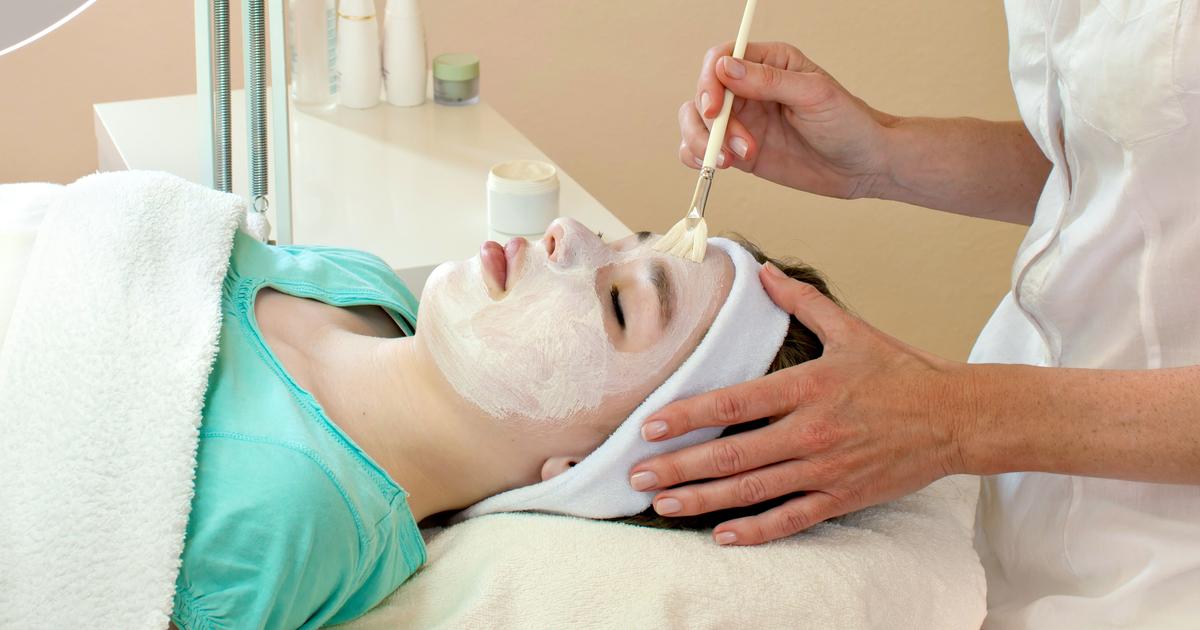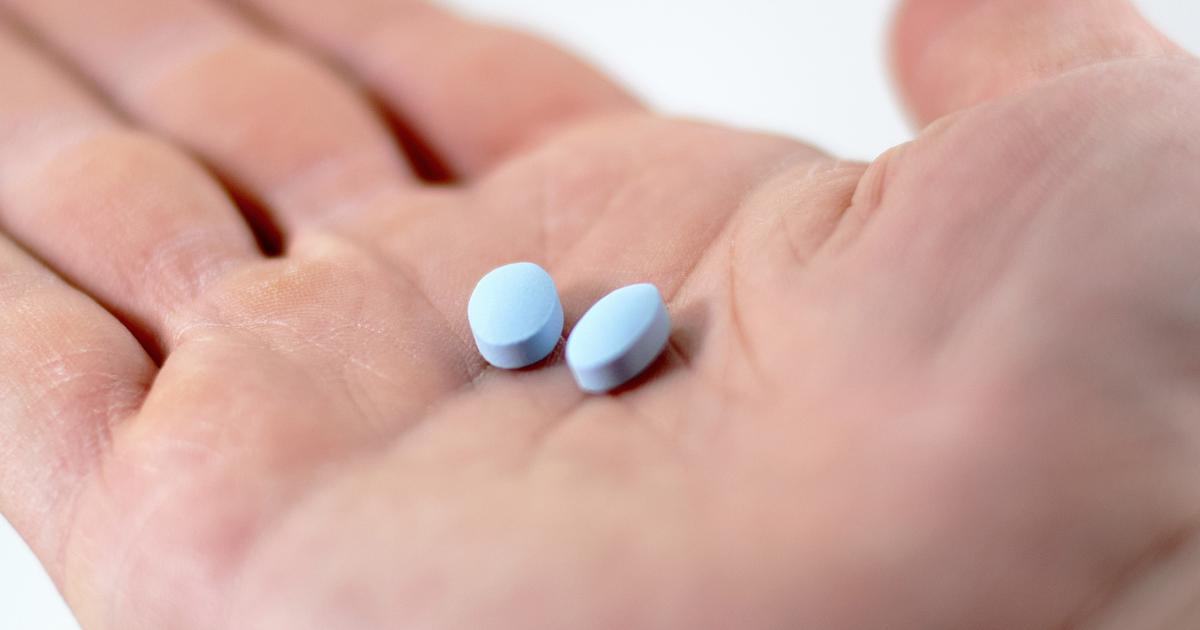How To Treat Hypopigmentation
Hypopigmentation is a condition that occurs when there are patches on skin lighter than the rest of the skin. These patches don't have as much concentrated melanin, which is what leads to the lighter color. They tend to develop when the skin cells aren't producing enough melanin. Depending on the individual, the effects might occur in spots throughout the body, or the skin may get progressively lighter all over the body. Severe environmental conditions and genetic mutations can disrupt an individual's melanin production. Before treatment can be utilized, the underlying cause must be determined. In fact, the first thing a doctor will do is diagnose the underlying condition causing hypopigmentation. Many of the most common conditions can be treated, and the skin will begin to produce melanin normally and smooth itself within a few months.
However, in the meantime, there are cosmetic treatments patients can undergo to reduce or eliminating lighter patches. Get familiar with some common treatments now.
Laser Resurfacing

Laser resurfacing is one of many available options for the treatment of hypopigmentation. A laser therapy treatment uses focused light to shape or destroy certain cells. Laser light is preferred for many dermatological treatments because it is precise enough not to damage the surrounding tissue while it works on the problem area. In addition, it's a non-invasive and non-toxic form of therapy. Individuals who undergo laser resurfacing may experience complications like swelling, pain, and scarring, but these should be minimal with an experienced surgeon. One potential drawback of laser resurfacing is it tends to be expensive, and repetitive treatments are often necessary to meet an individual's goal of even-toned skin without any hint of hypopigmentation.
Keep reading to learn more about the best ways used to treat hypopigmentation now.
Topical Corticosteroids

Several of the most common underlying conditions that cause hypopigmentation use topical corticosteroids as a first-line treatment method. These medications are applied to the skin and are available either over-the-counter or in prescription form. Before starting any, patients should talk to their doctor about whether they're the right choice for them and their needs. Different topical corticosteroids are appropriate for different conditions and patients. In the human body, there are natural hormones and steroids created by the adrenal gland. The topical version of these is a synthetic one designed to mimic its natural counterpart. Corticosteroids help suppress and reduce immune system responses. When the underlying cause is an autoimmune disorder like psoriasis, or it's triggered by allergens like eczema, the use of corticosteroids can help. The medication reduces itching, redness, swelling, and general inflammation.
Read more about alleviating hypopigmentation now.
Chemical Peels

Chemical peels for hypopigmentation may be used in conjunction with treatment for an underlying condition. As an individual's skin becomes healthier, the layers underneath will slowly start to become more visible. To bring them into the sun faster, individuals can use a chemical peel to remove damaged cells. This won't necessarily even out their skin tone right away, but it will remove damaged layers of skin and reveal the more melanin-rich and healthy skin below. There are three main types of chemical peels: deep, medium, and light. Individuals should always make sure their chemical peel is conducted by a medical professional like a skincare specialist, dermatologist, or plastic surgeon. After the procedure, patients have to follow the postop care instructions to the letter if they don't want to harm their skin. Deep and medium chemical peels are the most likely to even someone's skin tone, but they tend to require between two and three weeks to recover. Each procedure might last between thirty and ninety minutes.
Discover additional treatments for hypopigmentation now.
Dermabrasion

Dermabrasion is a much less intense technique than a chemical peel. If individuals don't have the time or the inclination to undergo a procedure that requires weeks of potential downtime, dermabrasion is a happy medium. This exfoliating technique uses rotating instruments to remove the outer few layers of skin. Though it can be employed at any point on the body, most individuals use the technique on their face. This is a popular treatment for individuals who wish to improve their skin's appearance. If individuals have layers of healthier skin underneath their skin with hypopigmentation patches, dermabrasion might help even this out. Even if their skin hasn't started healing yet, dermabrasion can still help get rid of old flakes and make an individual's coloration look smoother. During this procedure, the dermatologist will use numbing anesthesia on the patient's skin and then remove the outermost layers. Since it's an outpatient procedure, patients can go home immediately following the treatment. After spending some time resting, individuals should be good to return to work the next day.
Keep reading to reveal more options for treating hypopigmentation now.
Oral Medication

Oral medication can sometimes help, depending on the underlying cause of the condition. Individuals taking oral medication alone won't usually help with the light patches or the overall appearance of their skin. But several potential underlying causes of hypopigmentation can be treated with different oral medications. For example, if these patches are caused by a skin infection, patients might be prescribed a course of oral antibiotics to combat it. Certain medications might be prescribed to help patients cope with psoriasis flareups and other autoimmune disorders, which can subsequently reduce hypopigmentation. If the underlying cause of hypopigmentation is tinea versicolor, patients might be prescribed oral antifungal medication. The medication might also be prescribed as a cream patients must place directly on the light patches. Individuals might also use oral medication to cope with pain caused by an underlying skin condition.